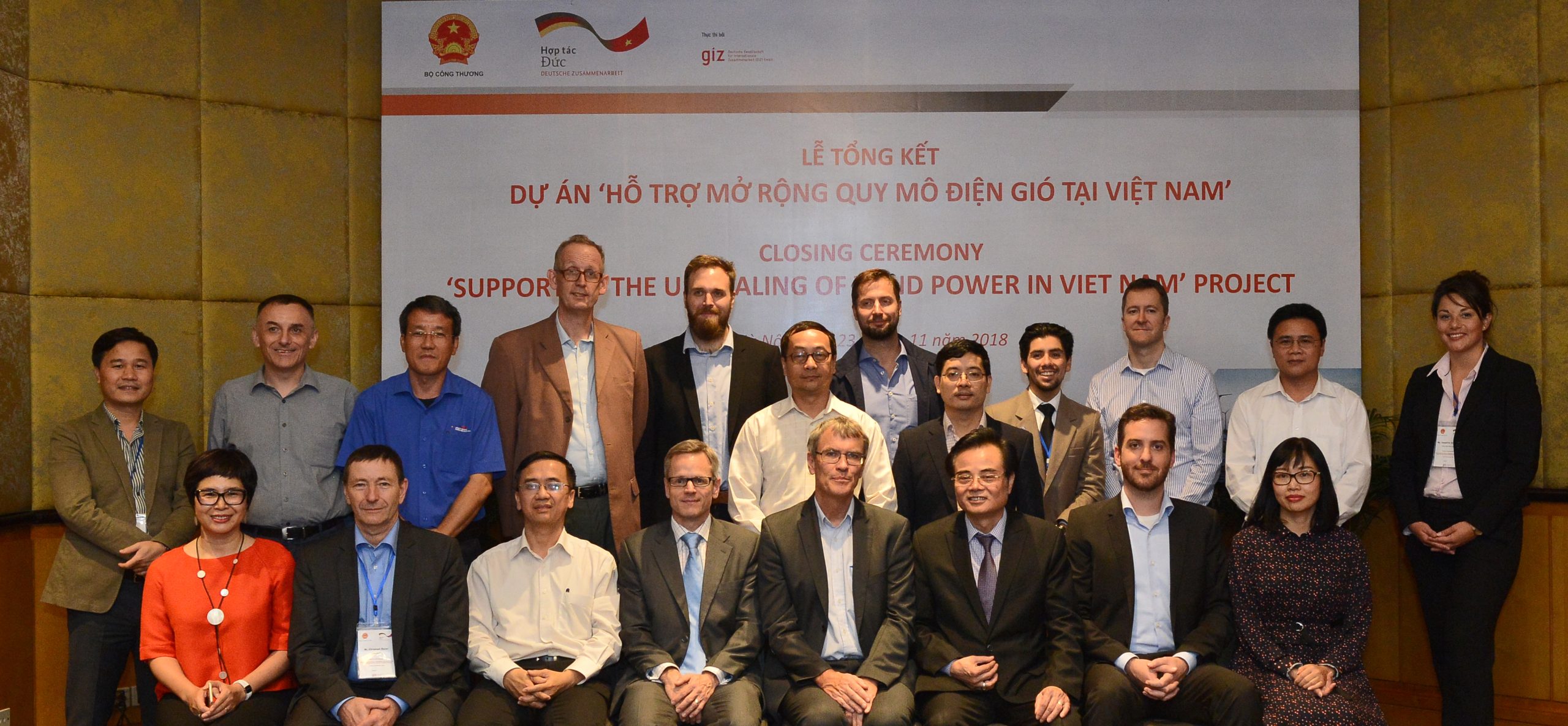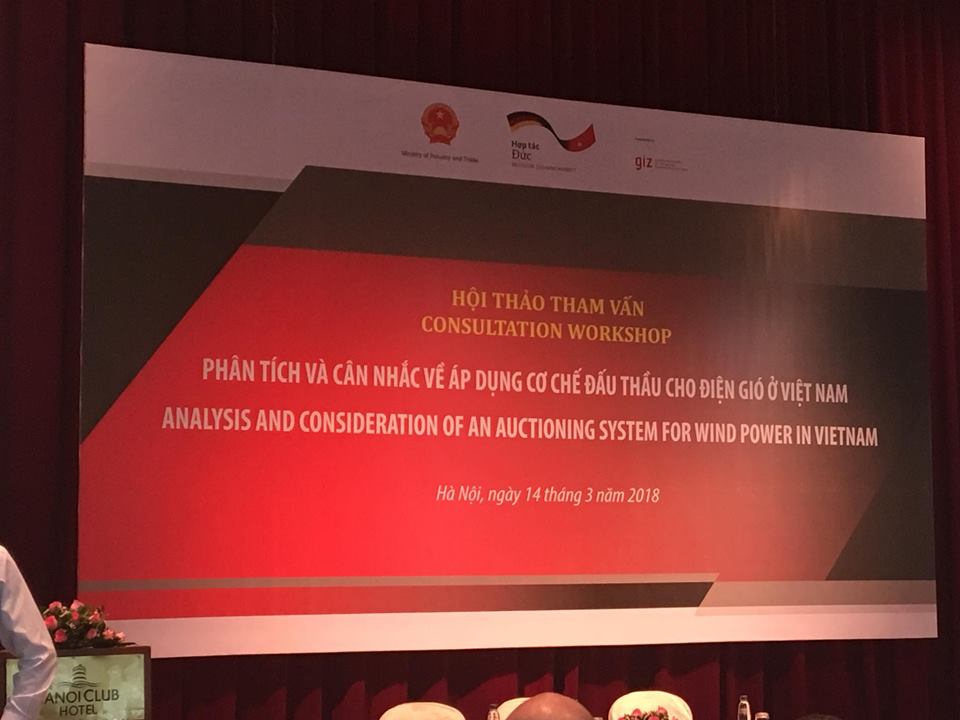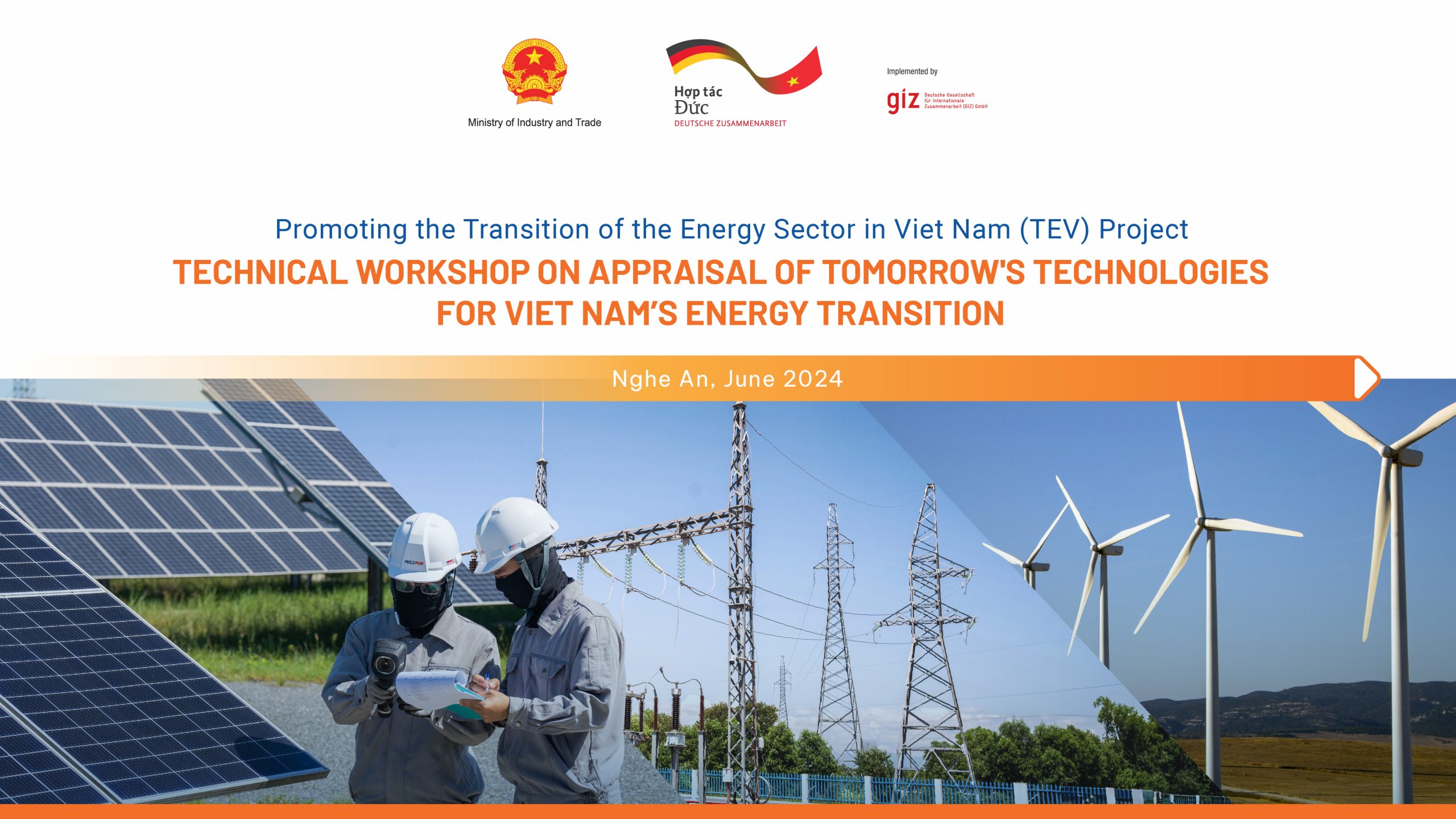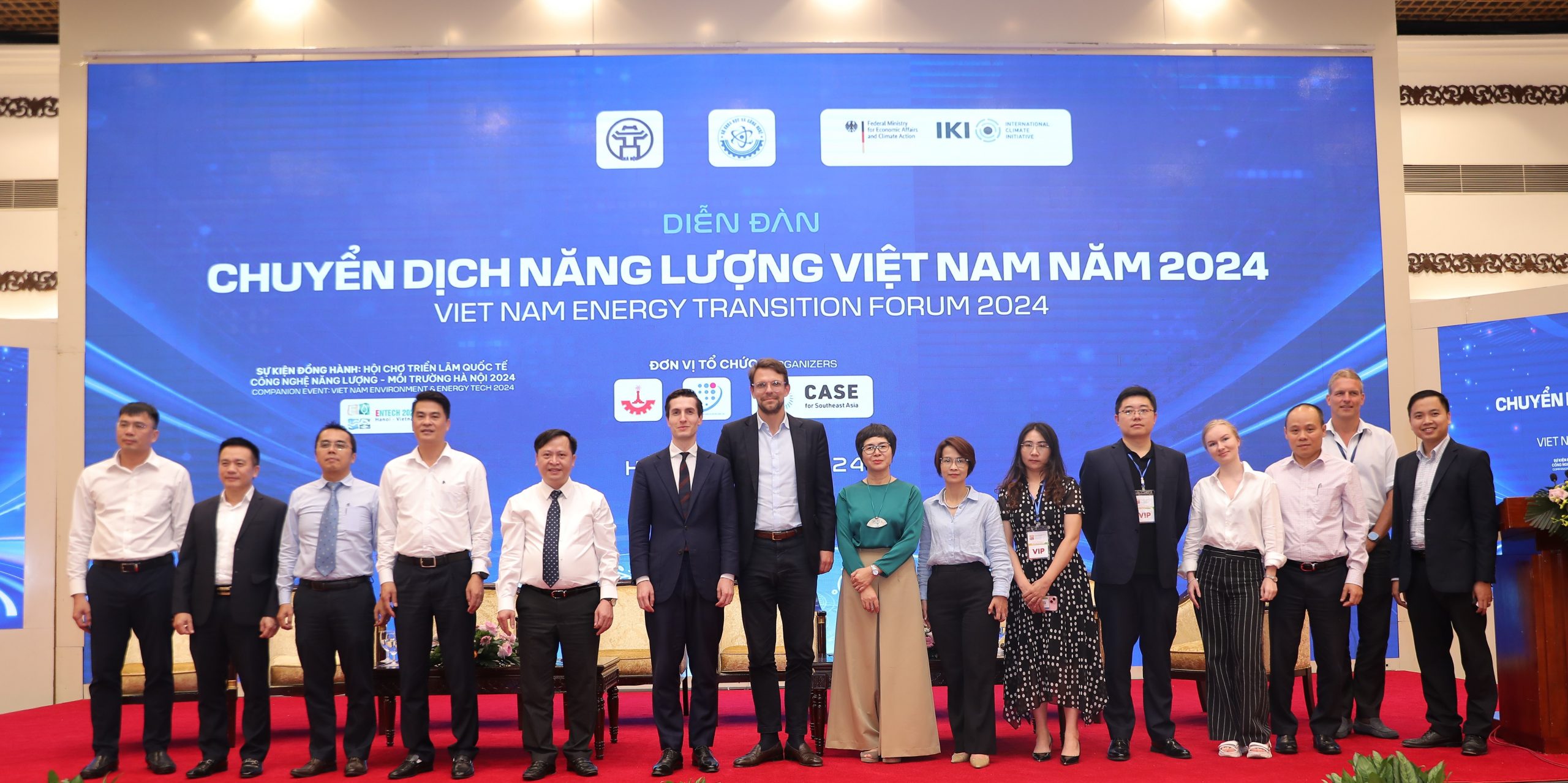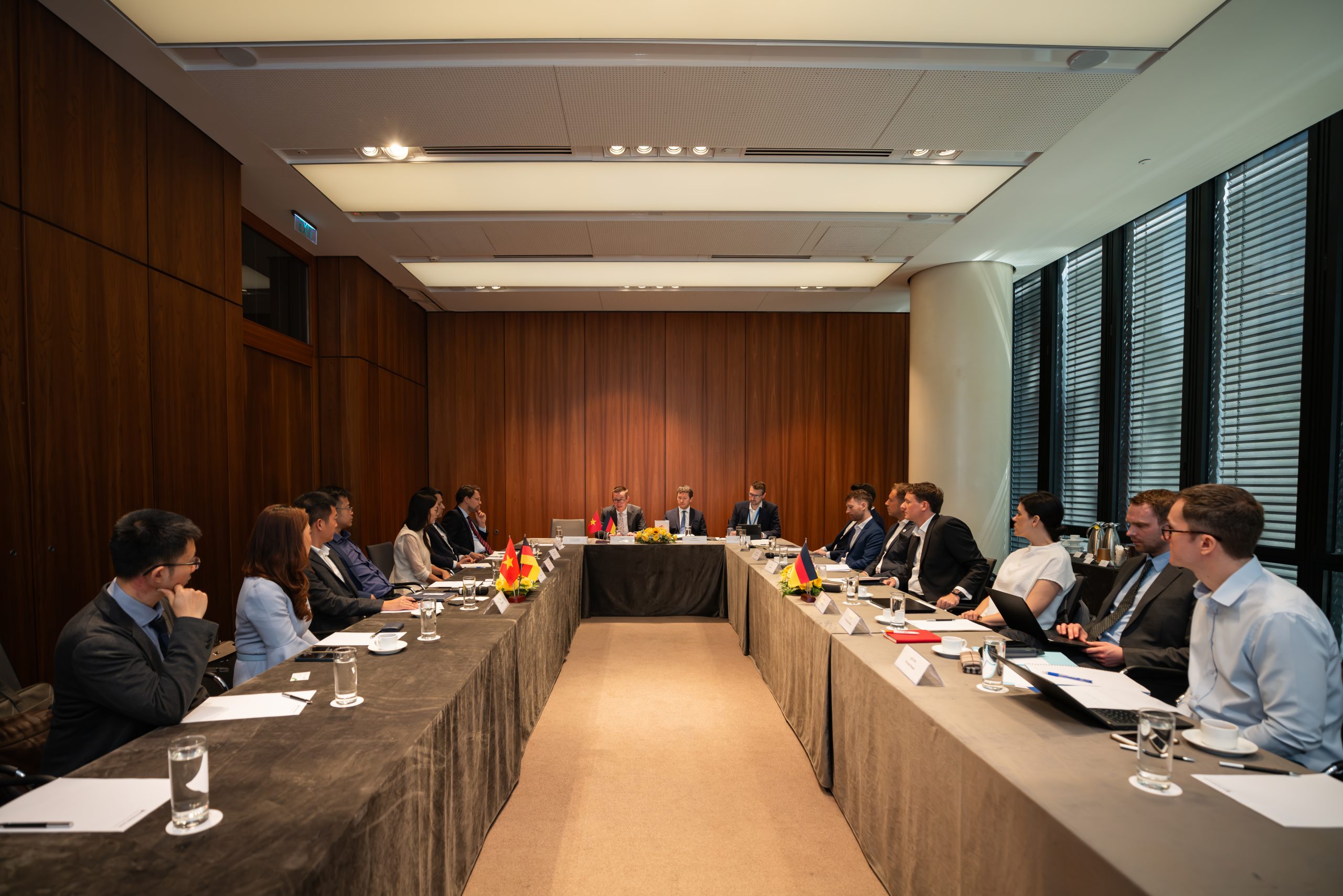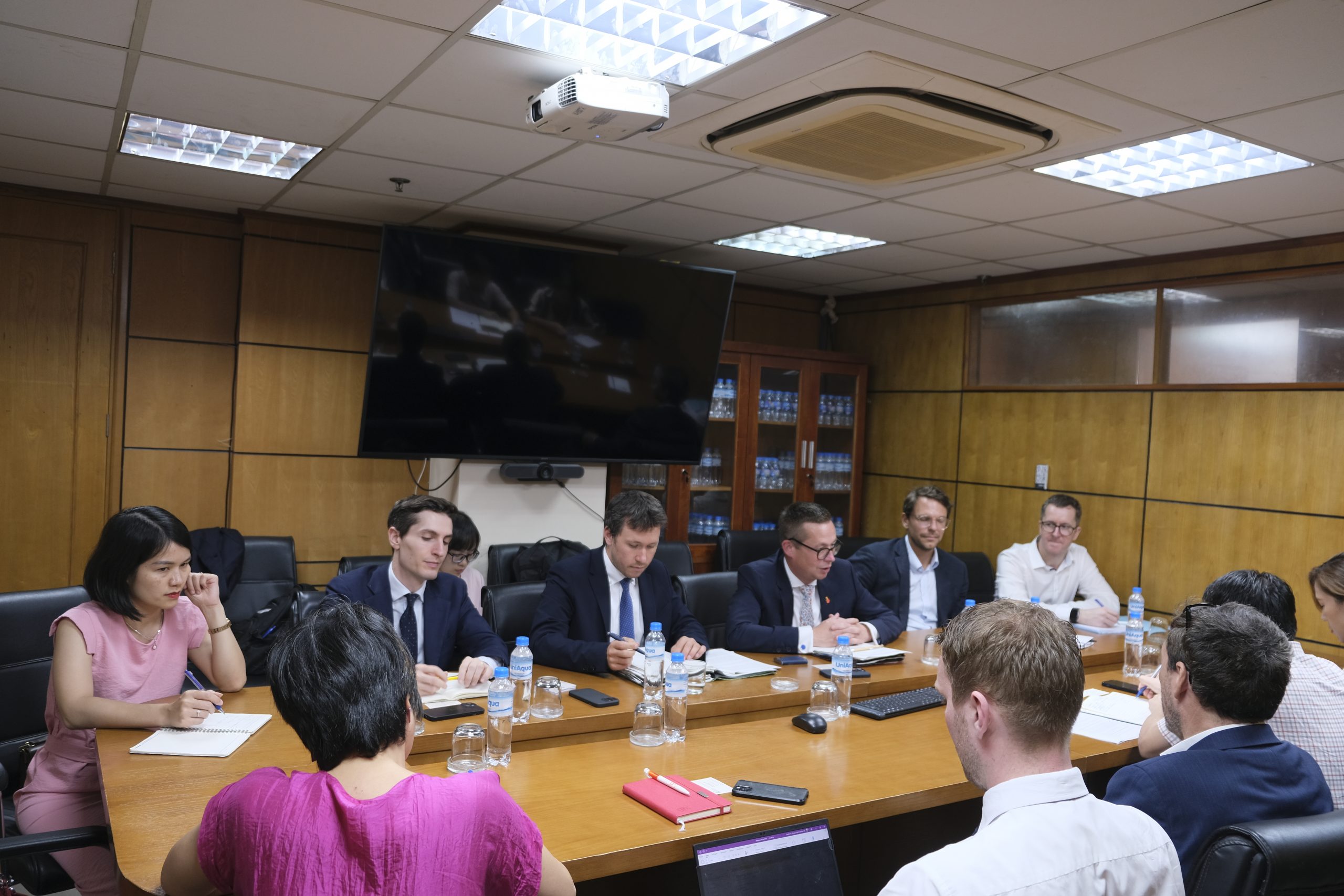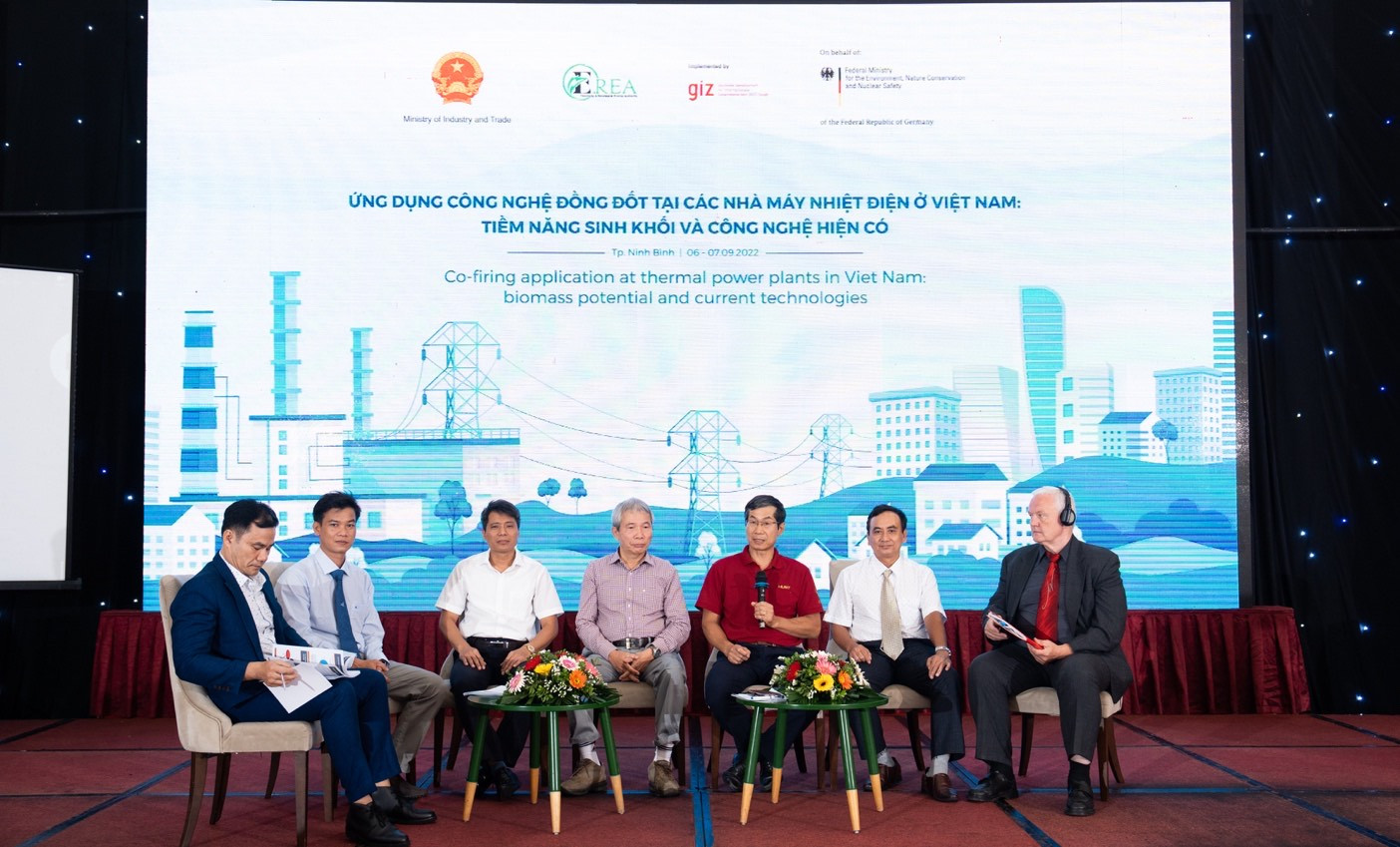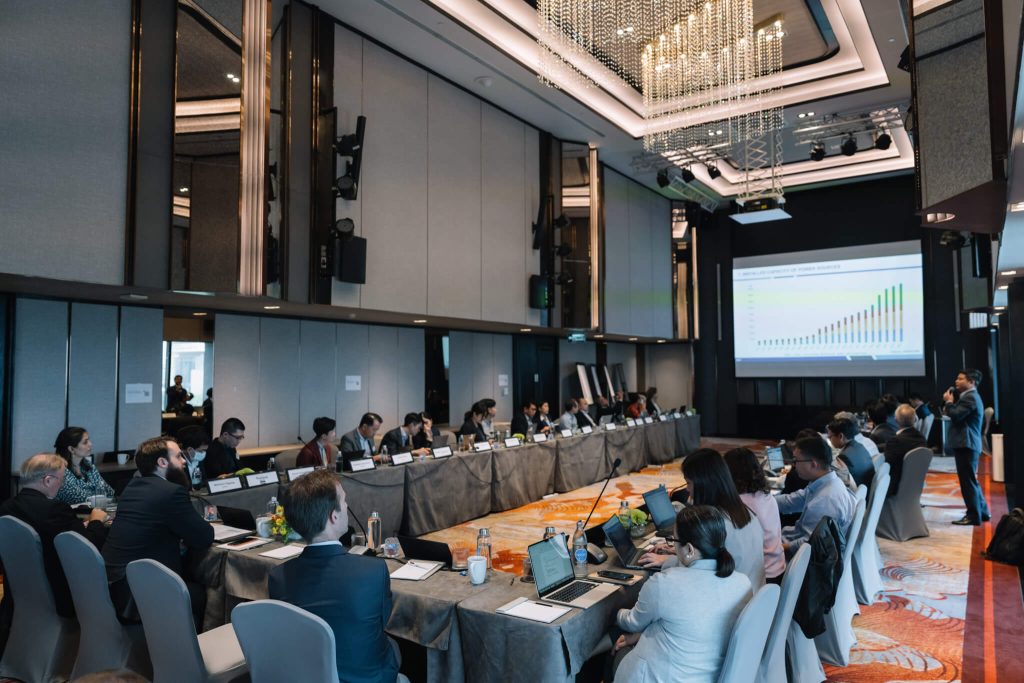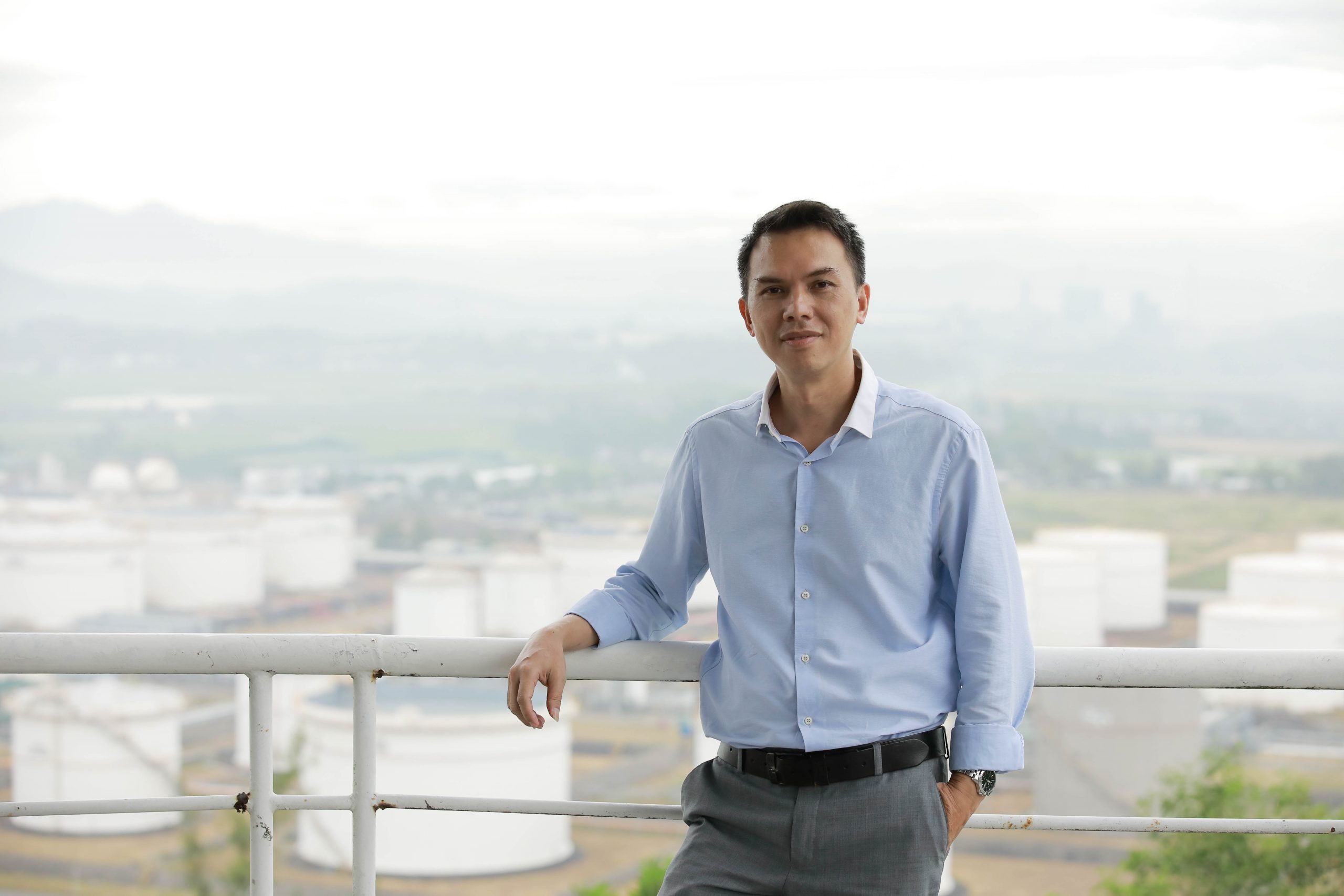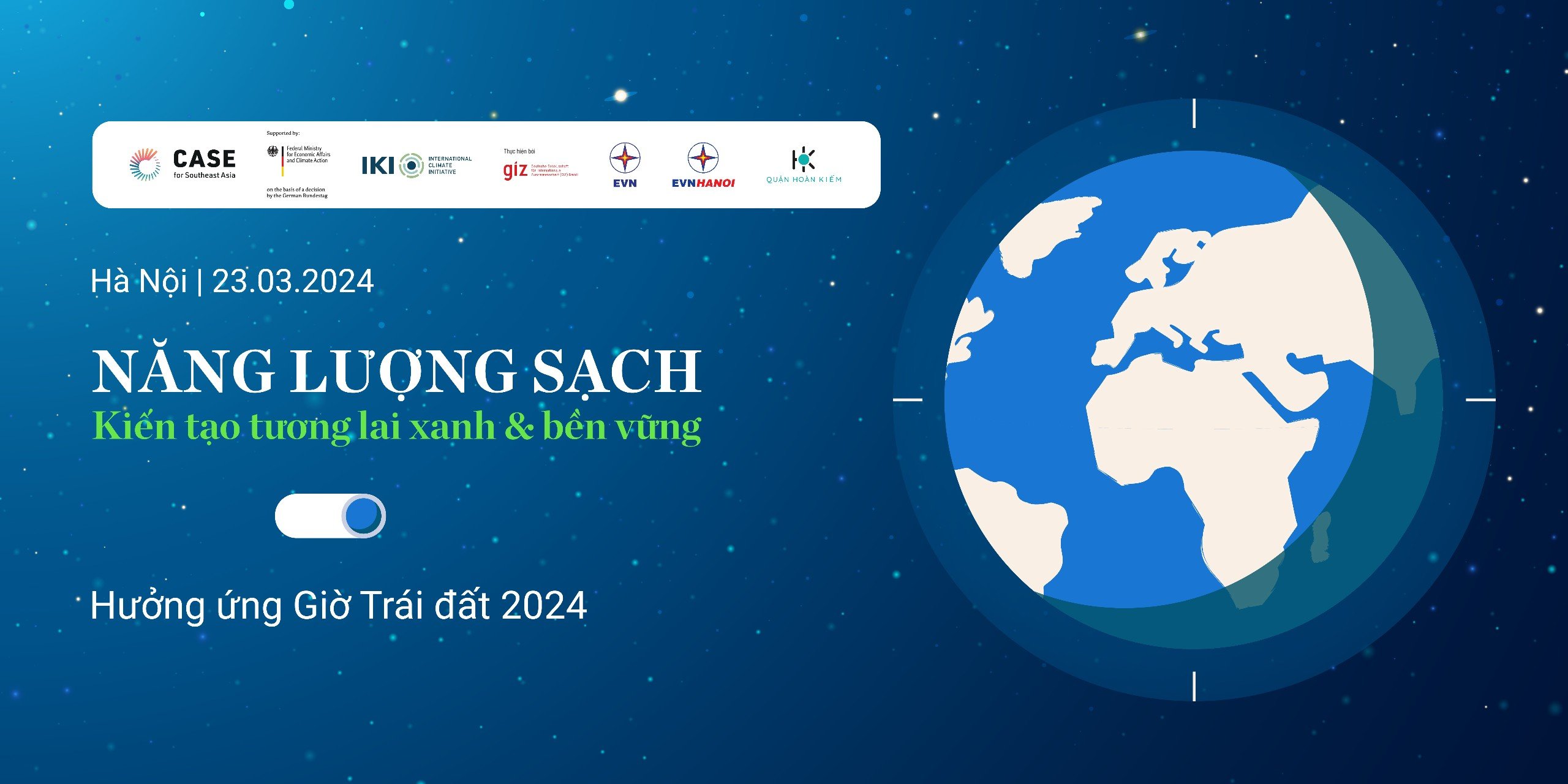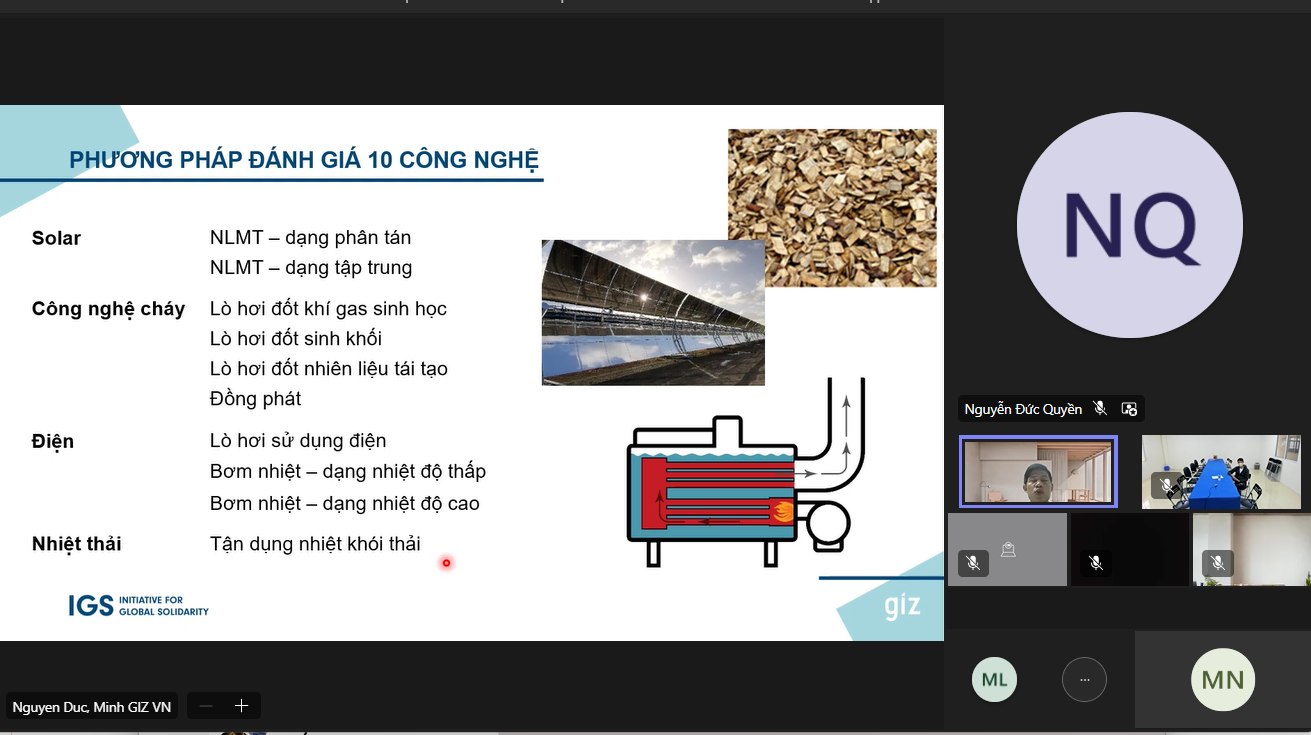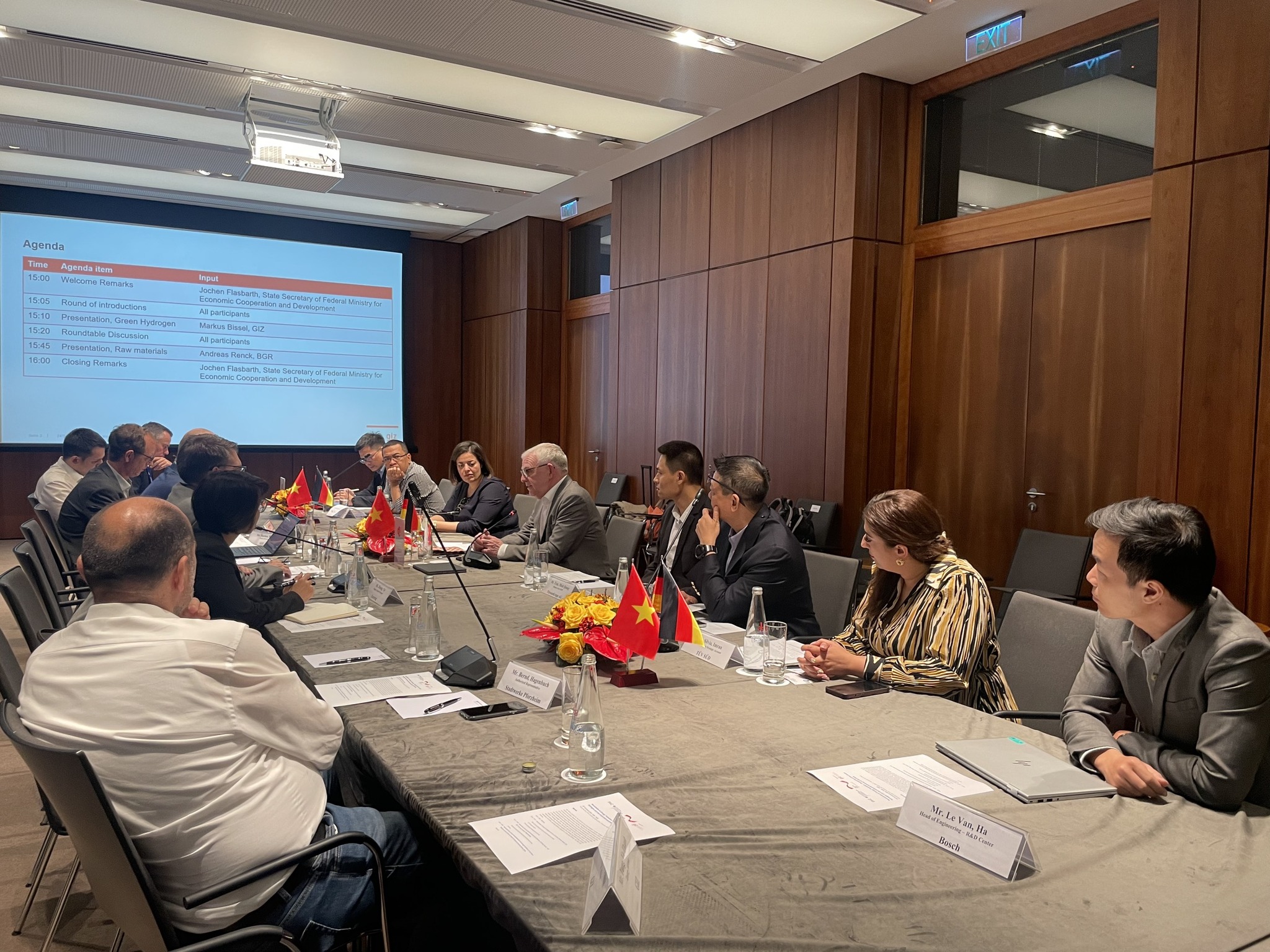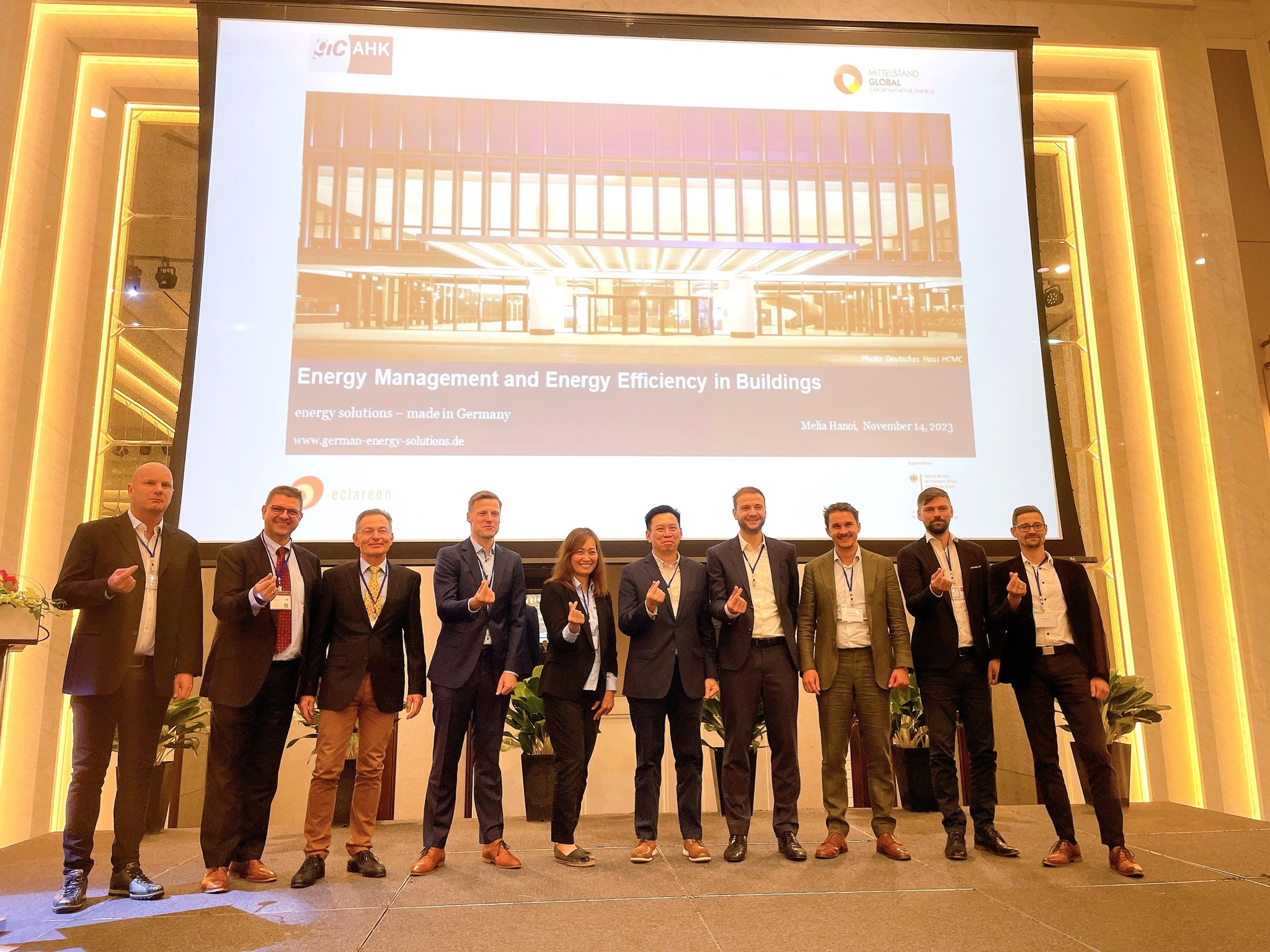Greater numbers of investors both domestic and international are lining up to develop solar and wind projects in Vietnam after five years of the implementation of the “Support to the Up-scaling of Wind Power in Vietnam” project.
This was part of an address from Mr. Martin Hoppe, Head of Economic Cooperation and Development at the Embassy of Germany in Vietnam at the closing ceremony for the five years of implementation in Hanoi on November 23, jointly held by the Ministry of Industry (MoIT)’s Electricity and Renewable Energy Authority (EREA) and the Deutsche Gesellschaft für Internationale Zusammenarbeit (GIZ) GmbH, on behalf of the German Federal Ministry for Economic Cooperation and Development (BMZ).
High-ranking government officials such as Mr. Hoppe, Mr. Nguyen Van Thanh, Deputy Director General of the EREA, and Mr. Jasper Abramowski, Country Director of GIZ Vietnam, attended the event. Key wind power stakeholders such as project developers, financing institutions, and investors were also invited to look back on the fruitful cooperation to develop Vietnam’s wind power market.
Within the project’s framework, GIZ cooperated closely with the EREA to study, advise on, and propose supporting mechanisms for wind power to the government, improve capacity for investors, staff of consulting companies, commercial banks, research institutes, universities, and local and national government agencies, support investors, and enhance the legal and regulatory framework. The project also implemented numerous technical and financial training sessions for the public and private sectors and supported Vietnamese-German research cooperation on wind power between 2014 and 2018 within the framework of the German Climate Technology Initiative.
German development cooperation in wind power in Vietnam actually started in 2009, with the first wind feed-in tariff being issued in 2011. Given the success of the cooperation, a follow-up project was agreed on, which now in 2018 comes to an end. Mr. Hoppe said that, in 2013, the governments agreed that energy should be a priority area of bilateral development cooperation. Just a year later, they began implementing this wind project at a time when there was no major market development but rather skepticism, especially within the private sector.
An important early milestone was the publishing of the “Wind Investment Guidelines in Vietnam”, describing every step and license within the development and investment / financing process and available both in Vietnamese and English. As many as 1,370 people participated in training, coming from government institutions and universities as well as private actors, including project developers, national banks, and local engineering and consulting firms. Another key achievement was the project’s contribution to consulting the Vietnamese Government on a decision on increasing the wind tariff, in September.
Located in the monsoon climate zone and shaped by its more than 3,000-km-long coastline, Vietnam has extensive resources to develop wind energy. As the country’s technical potential for wind power is assessed at 27 GW, wind technologies have rapidly developed, their prices have been lower, and the government has issued policies to support development, Vietnam will have an increasing number of wind power projects nationwide.
Minh Do
Vietnam Economic Times



